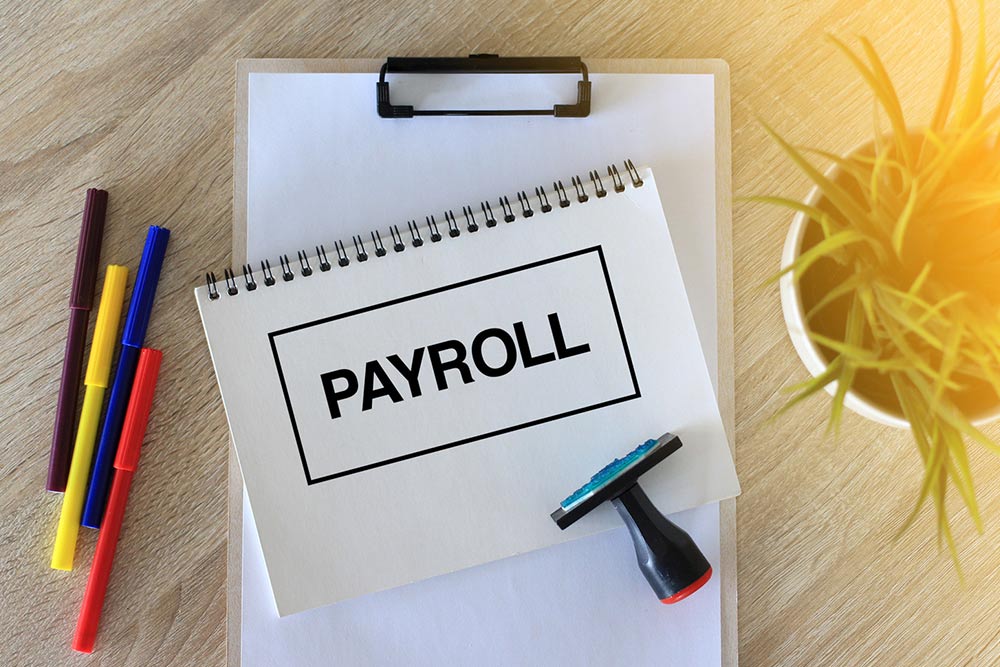
6 mistakes to avoid when filing tax returns
As the end of the financial year closes in, many people find themselves scrambling to file income tax returns in time this year. The Internal Revenue Service (IRS) issues strict guidelines for ensuring a smooth and quick tax filing process. The last thing you want is a notification from the IRS citing an issue with the income tax return submission. So, here are six mistakes to avoid when filing your income tax return: Filing returns prematurely You might receive documentation regarding your current financial status, and this information has to be updated with the IRS. Filing prematurely can result in mistakes like omissions that only delay the processing of returns. Choosing the wrong form or filing status The IRS issues several forms for individuals, businesses, commercial establishments, and government entities to file returns. Ensure you choose the correct form and update the filing status on the official website. If there are dependents in the house or you are filing for a joint return, your filing status can vary accordingly. Making calculation errors Adding the wrong amount, excluding critical tax breaks, or even making mathematical errors while computing your income tax return are issues that IRS software can detect. However, miscalculating the return can delay the process.
Read More 










